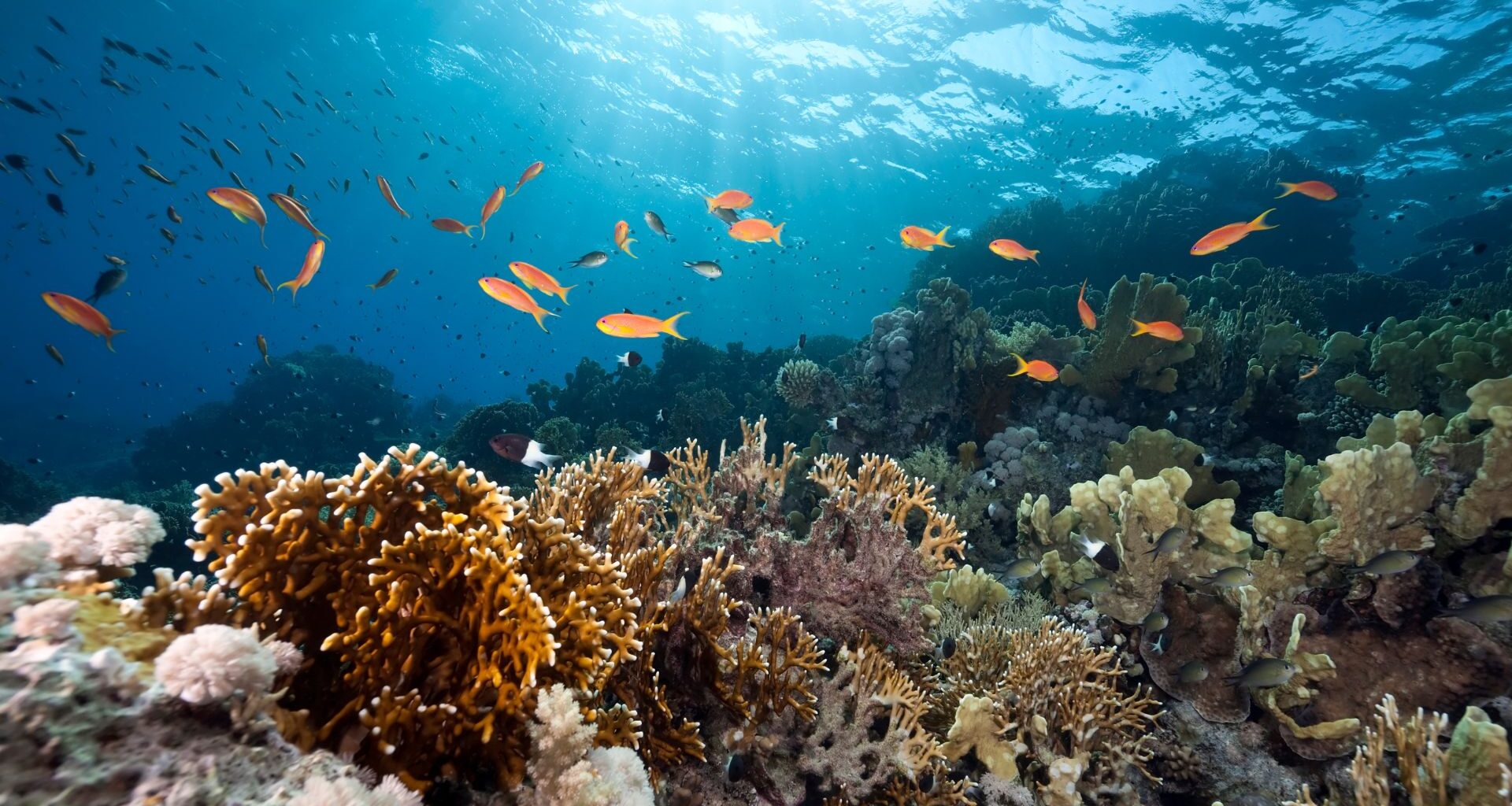The term ocean animal covers an immense range of species, from shallow-water invertebrates to deep-sea predators inhabiting zones beyond sunlight. The marine environment, spanning more than 70 percent of Earth’s surface, remains one of the least explored ecosystems on the planet.
Estimates suggest that over 90 percent of all marine species are still unknown to science, many of them living at extreme depths or in remote regions. Some of the animals already identified are so rarely seen that only a few individuals have ever been observed. Others are critically endangered and declining rapidly, often due to human activities.
Vaquita: A Porpoise Disappearing Before Our Eyes
The vaquita, meaning “little cow” in Spanish, is widely recognized as the rarest ocean animal alive. This small porpoise, measuring under five feet long, is found only in Mexico’s Gulf of California and wasn’t formally described by scientists until 1958. It has distinctive dark rings around its eyes and mouth, almost as if sketched by hand. Today, there are believed to be fewer than 10 individuals remaining in the wild.
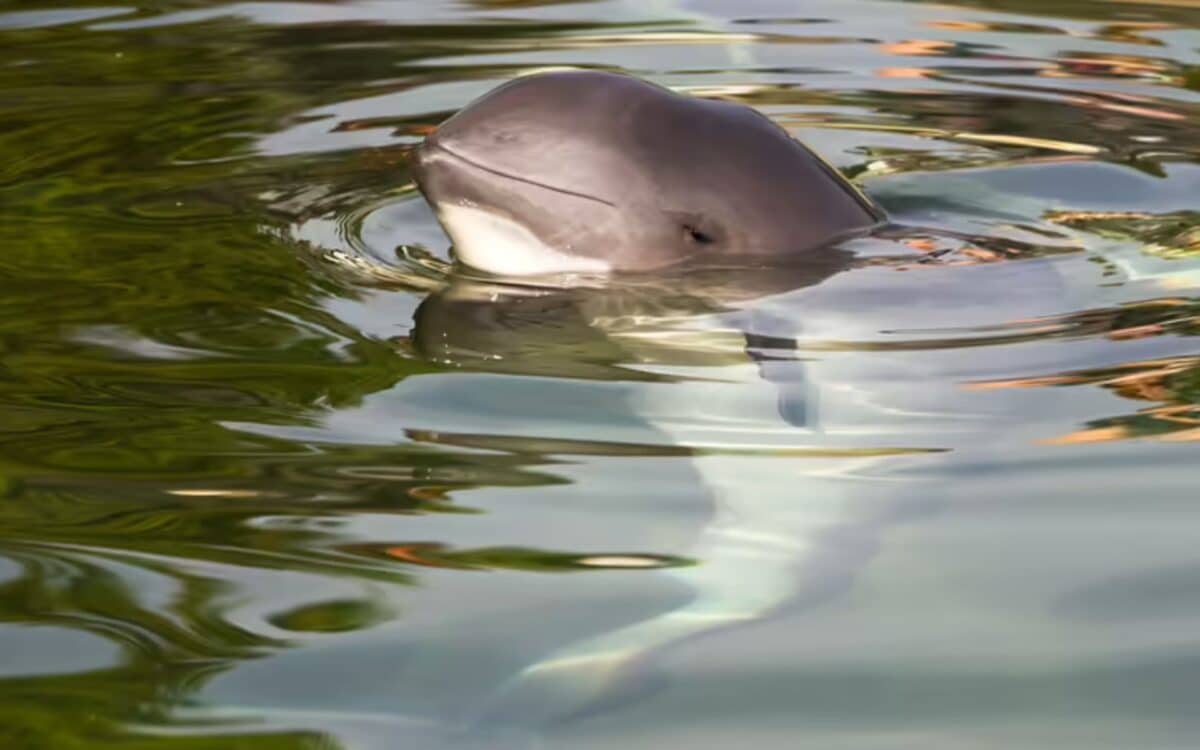
Listed as “Critically Endangered” by the International Union for Conservation of Nature (IUCN), the vaquita’s decline has been driven by entanglement in gillnets intended for totoaba, a fish targeted for its swim bladder, considered a delicacy in Chinese cuisine. Despite international bans, illegal fishing continues in the region, making conservation efforts immensely difficult. Time is running out, and biologists fear the vaquita could be gone within a few years — a loss driven not by nature, but by human demand.
Ancient Whales And Vulnerable Turtles: Surface-Dwelling Species On The Brink
At the other end of the size spectrum is the North Atlantic right whale, one of the world’s most endangered whale species. Once hunted extensively in the 1800s for their blubber and oil, their population now hovers at around 360 individuals, including only 70 reproductively active females. The whales often migrate along the eastern U.S. coastline, where they’re frequently struck by vessels or entangled in commercial fishing gear.
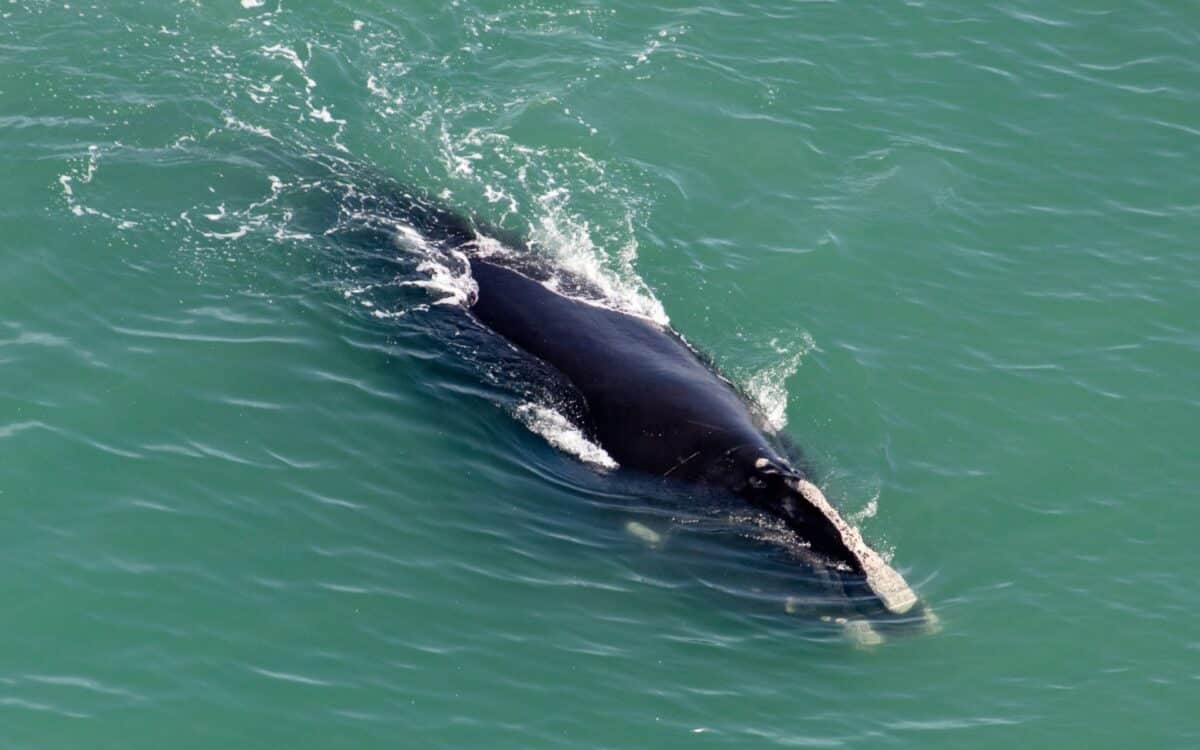
Since 2017, researchers have classified the species as experiencing an “Unusual Mortality Event,” with more than 150 whales dead, seriously injured, or in poor health. Identifiable by rough patches of skin called callosities, each whale bears a unique pattern — allowing biologists to track their fragile numbers with grim precision.
Another ocean animal facing critical danger is the Kemp’s ridley sea turtle, the smallest and most endangered sea turtle species. Nesting primarily along the Gulf Coast of Mexico and Texas, females return en masse during arribadas — synchronized nesting events that once brought thousands ashore.
In 1985, only 702 nests were counted. Thanks to conservation measures like beach protection and fishing regulations, the population rebounded throughout the 1990s and 2000s, growing by 15 percent annually. But new threats — from oil spills to warming waters — once again put this species in jeopardy.
Deep-Sea Ghosts: Sharks, Jellies, and the Casper Octopus
Not all rare ocean animals are endangered due to human activity. Some have always existed in small numbers because of where they live — miles below the surface, where food is scarce and survival depends on extraordinary adaptation.
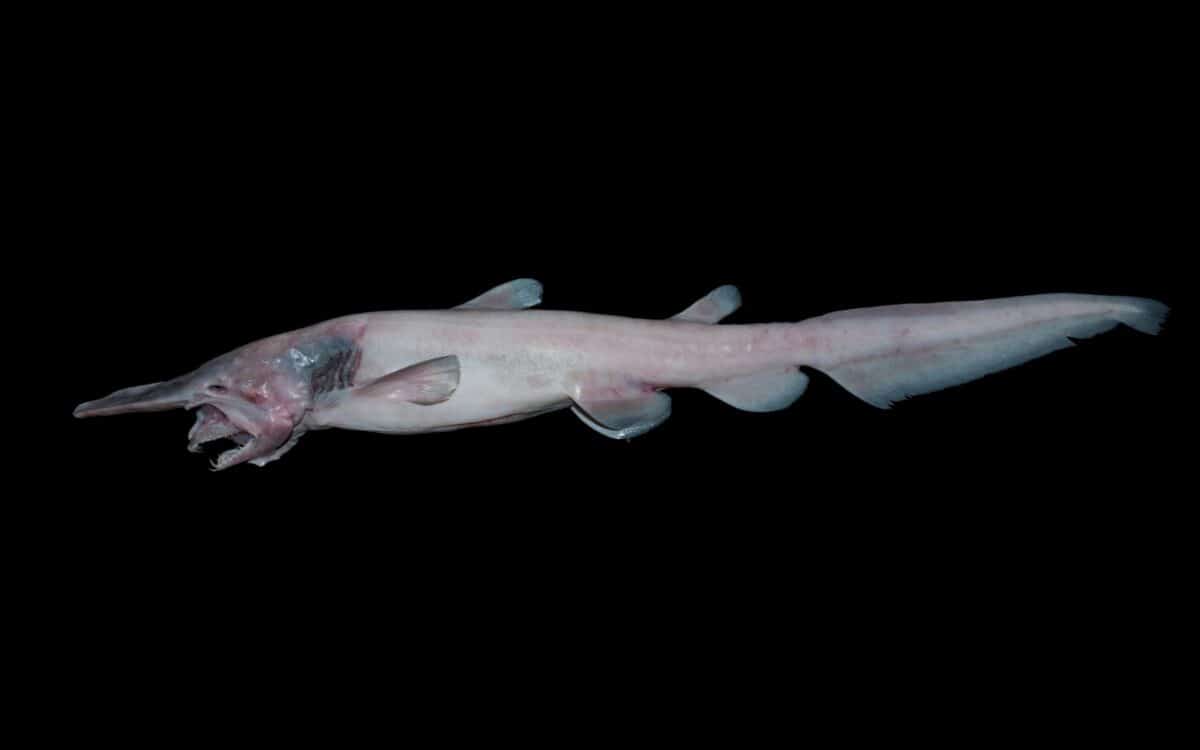
The goblin shark is one such example. Often called a “living fossil,” it belongs to the ancient family Mitsukurinidae, which dates back 125 million years. With its long, blade-like snout and protrusible jaws that snap forward like a trap, it looks like something out of a science fiction film. Found at depths of over 4,000 feet, it hunts using electric fields and chemical cues, not sight.
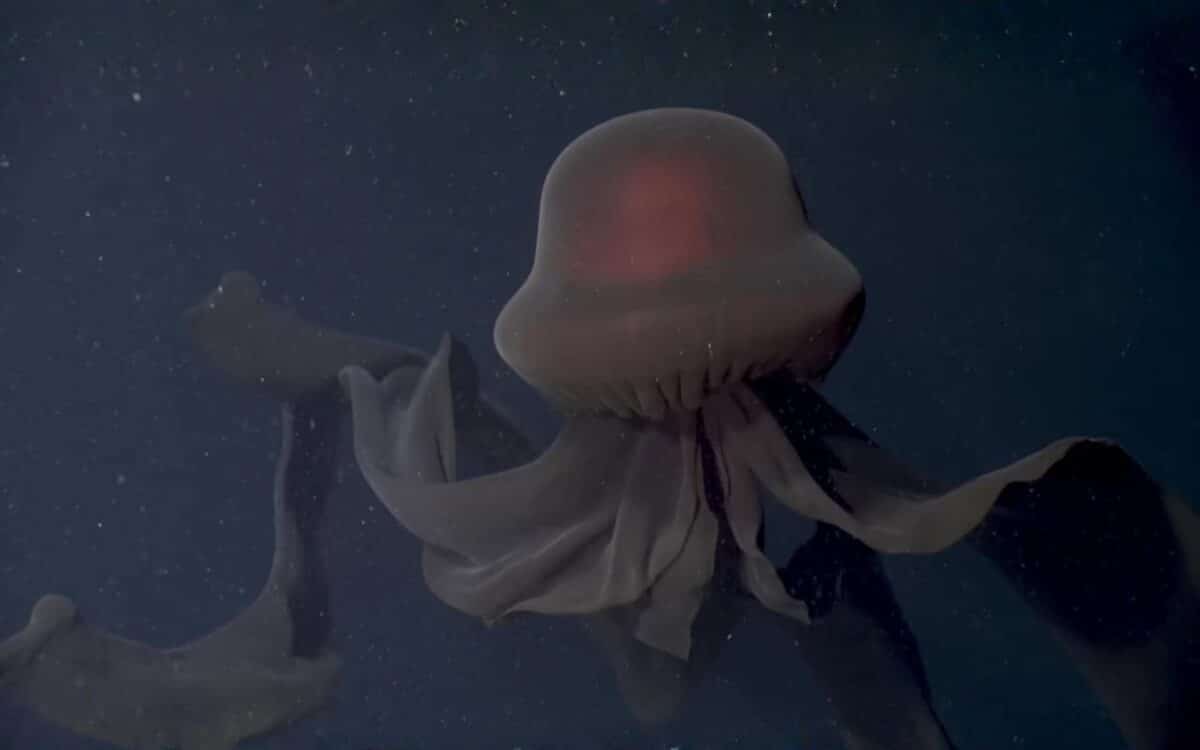
Another deep-sea marvel is the giant phantom jellyfish (Stygiomedusa gigantea). First described in 1910, it can measure more than 30 feet long, with a bell over 3 feet across. Despite its size, it’s rarely seen — only around 100 confirmed sightings exist to date. It drifts silently through the midnight zone, a layer of ocean so deep — up to 22,000 feet — that sunlight never reaches it.
One of the more recent and mysterious discoveries is the ghostly “Casper” octopus, spotted in 2016 by researchers using submersibles near Hawaii. Living at depths of over 2 miles, this pale, soft-bodied creature lacks pigment — a surprising find, even in the dark. Its discovery reminded researchers how little we understand about the deep. As Janet Voight, associate curator of invertebrate zoology at Chicago’s Field Museum, told the BBC:
It could be that they’re fairly common. It’s just an indicator of how little we know about what’s down there.
Living Labyrinths And Shifting Definitions Of Rarity
Even corals, often overlooked in the discussion of rare ocean animals, have their champions. The Chagos brain coral, found only in the Chagos Archipelago of the Indian Ocean, is easily recognizable by the maze-like ridges on its surface.
These ancient structures can live for centuries, slowly building colonies over time. Unfortunately, climate change has triggered repeated marine heatwaves, which bleach the coral and leave it vulnerable to disease. Though the region was declared a marine protected area in 2010, warming seas continue to pose an existential threat.
Interestingly, not all rarity is created equal. As Craig McClain, deep-sea biologist at Lafayette University, explained to Discover Magazine:
When biologists speak of rarity, we actually mean a few different things. Not all rare species are rare for the same reasons.
Some are naturally rare due to habitat constraints or evolutionary trade-offs. Others – he added, are rare
Because humans have made them that way through overfishing, habitat loss, or climate change.

